#freshwater and marine
Text
I've applied to SERC 5 times now and still haven't even gotten an interview. I exceed the qualifications and I should have priority since I was trained by the Smithsonian. Are the other people applying super geniuses?? Literally its research technician positions and internships. I have over a year's experience as a field tech not including my academic experience. I'm tempted to email the lab manager and ask what training I need for her to hire me.
#wrenfea.exe#working while disabled#SERC is the place to be for aquatic invertebrates#freshwater and marine#maybe they want people with marine biology degrees??#i have an environmental sci degree but Ive taken a ton of marine science classes#hey if any of my followers work at SERC#pls...let me in..#marine biology#freshwater ecology#fishblr#invertebrates#marine science
41 notes
·
View notes
Text
Close encounters!
My beautiful koi betta Bisby has had a jumping spider neighbor taking advantage of her tank light to hunt bugs under for some time, and recently they met face to face! Very happy to capture each of them acknowledging the other - and Bisby's quick look back at me as if to say "you're seeing this too right?!" 🧡
Edit ✨️ For all those concerned, yes, she does have a lid! I'd just cleaned and was hanging out right there where I filmed from at my office desk. If you are new to fish keeping, please invest in a good lid or when picking setups, favor tank kits that include one!
#bettablr#betta fish#aquaria#freshwater aquarium#marine bio#marine biology studyblr#marine bio studyblr#biology#jumping spider#fish keeping#aquarist#betta#marine biology
8K notes
·
View notes
Text

Drawing rainbow trout in my diary <3
4K notes
·
View notes
Photo
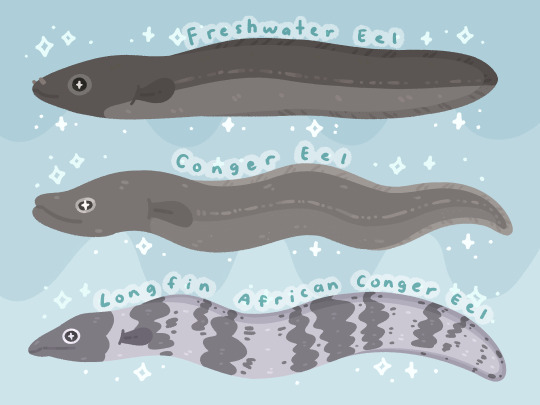


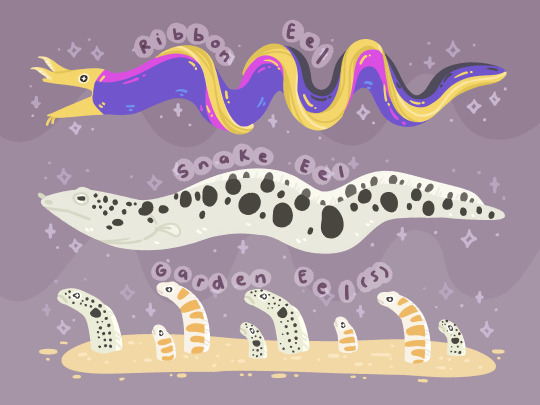
🪸 so much eels 🪸
#eels#eel art#freshwater eel#conger eel#longfin african conger eel#green moray#honeycomb moray#banana moray#zebra moray#snowflake moray#dragon moray#dwarf moray#ribbon eel#snake eel#garden eels#marine animals#ocean creatures#aquatic animals#procreate drawings#originals
3K notes
·
View notes
Text
this one Fucking woman on inaturalist seems to spam upload observations of this one kind of minnow to an insane degree. theyre clogging up the identify tab because nobody wants to confirm her observing one kind of minnow LITERALLY A HUNDRED TIMES IN ONE BEND OF A RIVER

WHO ASKED FOR THIS
#marine#is also the tag for freshwater fishes#inaturalist adventures#IMPORTANT NOTE since this has escaped containment:#within 24 hours of making this post my opinion on her did a solid 180#i had thought she was obnoxious but now i revognize just how fucking experienced and committed she is#kim beartracker cabera if you see this ily
11K notes
·
View notes
Text


aquatic animal illustrations for friends
#art#artists on tumblr#mixed media#collage#acrylic painting#colored pencil#traditional art#fish#fishblr#fish art#polychaete#marine biology#freshwater fish#marine fish#marine invertebrates#wormart
901 notes
·
View notes
Text
Daily Ray Fact:
*these are starting to get away from me 😅 whoops. Here's the actual fact*
The Tiger River Ray is a species of freshwater ray. This endangered species is endemic to black- and whitewater rivers in the upper Amazon basin in northeastern Peru. So little is known about its population and reproductive habits that it is impossible to say what its status is in the wild.


#tiger river ray#river ray#river stingray#tiger stingray#stingrays#stingray facts#daily stingray facts#daily ray facts#daily stingray#fish facts#ray facts#ray family#ray post#stingray post#respect the locals#cartilaginous fish#marine#marine life#freshwater ray#freshwater stingray
306 notes
·
View notes
Text

#dank memes#dark memes#best memes#lol#boop#haha#humor#funny memes#funny#memes#sea lion#seals#leopard seal#sea creatures#marine life#tegu#aquarium#fish tank#aquablr#freshwater aquarium#betta fish#planted aquarium
99 notes
·
View notes
Text
i love you lungfish i love you sturgeon i love you paddlefish i love you mormyrid i love you bichir i love you arowana i love you arapaima i love you electric eel i love you catfish i love you lamprey i love you bowfin i love you gar i love you freshwater freaks i love you evolution's most wonderful and most unique children i love you so-called monsters
#fishposting#marine biology#i miss the aquarium and all my fishy friends :(#lungfish appreciation hours always#i love you extra @ all you ancient wonderful freshwater fishes#*group hugs lungfish sturgeon paddlefish bowfin bichir gar arapaima arowana mormyrid and lamprey and never lets them go*#i love you silly creatures of the lakes and rivers and such#i follow a bunch of related tags to these animals on Instagram and it always makes me sad when i see them tagged shit like 'monster fish'#like i get it theyre big and abnormal but they're not monsters they're my friends :(((((#also when people only appreciate the fishies as sports to be caught#like bruh why cant we appreciate the little lads#they swim and splash and i appreciate them endlessly for that
995 notes
·
View notes
Text
Wet Beast Wednesday: lampreys
Welcome to the first Wet Beast Wednesday covering an agnathan. What is that, you may ask? Why it means jawless fish. But they aren't really fish even though they live underwater and have gills. Taxonomy strikes again. Anyway, agnathans are more closely related to each other than to any bony or cartilaginous fish and they may represent an early stage in the evolution of vertebrates. There are only two living groups of agnathans: the hagfish (which I'll get to sometime) and the lampreys.

(Image: a pair of lampreys, one resting on rocky sediment and one swimming. They are long, green, slender fish-like animals with only dorsal and tail fins, several holes on the sides of the heads, large eyes, and no visible jaws. End ID)
Lampreys are sometimes mistakenly called eels due to their long and slender bodies. All 38 known species are elongated, scaleless animals with a funnel-shaped, jawless mouth called the buccal tunnel or buccal cavity. They do not have paired fins, only two dorsal fins and a tail fin. The head has one nostril on the top and seven pores on each side that allow water flowing over the gills to exit the body, similar to the gill slits of sharks. Adult lampreys have well-developed eyes while the larvae have weak eyes covered with skin. In addition, they have two simple parietal eyes, making lampreys the only four-eyes vertebrates. The mouth acts like a suction cup and is used to suction onto rocks or other animals. Inside the mouth is a rasping tongue that is used to scrape at food. You may think that all lampreys are parasites that feed on blood. This isn't the case, only 18 species are predatory and some of those are thought to be exclusively scavengers. The rest of the species either feed on algae by scraping it from rocks or never eat as adults, subsisting entirely on energy stores gained as a larva. The last common ancestor of all living lampreys (which is estimated to have either lived during the Jurassic or Cretaceous periods) is believed to have fed on blood as an adult. Lampreys are believed to be part of a sister group to all jawed vertebrates and are considered the most basal (closest to the ancestral form) of all vertebrates. They have cartilaginous skeletons and primitive, cartilaginous structures called arcualia instead of vertebrae. Lampreys are some of the most efficient swimmers and swim using a different method to other fish. Instead of using their fins to push themselves forward, lampreys use their fins to generate low-pressure zones in the water around their bodies to pull themselves forward. The pressure equalizing is what does most of the work of moving the lamprey, allowing them to move while expending little energy. In shallow water, the lampreys can use their suctioning abilities to crawl forward and are able to crawl over obstacles like rocks or ramps. Most lampreys are exclusively freshwater dwellers, but 9 species (all of which are carnivorous) live mostly in saltwater (though they can also live in large bodies of freshwater like lakes) and return to freshwater to breed. Of the 38 species of lamprey, only 5 species (in two families) live in the southern hemisphere. The remaining species are all members of the family Petromyzontidae and live in the northern hemisphere. No species lives in the tropics, seemingly because their larvae are not heat-tolerant.

(Image: a lamprey's mouth seen from below. It round and conical and ringed with multiple rows of sharp, yellow teeth. End ID)
The lamprey life cycle of lampreys starts in streams which adults will often migrate to reach. Adults will create nests called redds by using their suction to move rocks and expose the sediment below. Males use pheromones to attract females and the two intertwine with each other. The male presses a patch of heat-producing tissue to stimulate the female to release her eggs. The male fertilizes the eggs as they emerge. All lamprey species are semelparous, meaning they die after mating. In the case of lampreys that don't eat as adults, their adult forms exist only to mate and die, much like mayflies and some species of moth. Other species that can eat as adults spend up to 4 years feeding and growing before they mate. Larvae are called ammocoetes and once hatched, they are carried downstream to eventually settle on soft sediment. There, they burrow their rear halves into the sediment with their heads exposed. In this stage, they are filter feeders who need running water to bring plankton, algae, and bits of organic detritus to their mouths. Instead of the disc-like mouths of adult lampreys, ammocoete mouths are fleshy hood that enclose a sieve-like structures that filters particles out of the water. The lifestyle of ammocoetes is very similar to that of lancelets, which are extremely primitive chordates believed to represent some of the earliest stages of chordate evolution. Ammocoetes require water high in nutrients to survive as they capture only a small amount of water and therefore food. Ammocoetes are photosensitive, allowing them to change color in response to ambient light (becoming dark in the day and ale at night) and detect if they are properly buried. Depending on species, ammocoetes can grow between 10 and 20 cm (4-8 in) in length and they can spend between 1 and 10 years in this state. Metamorphosis to the adult form can last up to 4 months and lampreys do not feed during this process. Metamorphosis is synchronized between members of the same species.

(Image: three ammocoetes buried in sand with only their heads exposed. They are similar to the adults but pink, with small, barely-visible eyes, and their mouth are flexible and look like fleshy flaps. End ID)
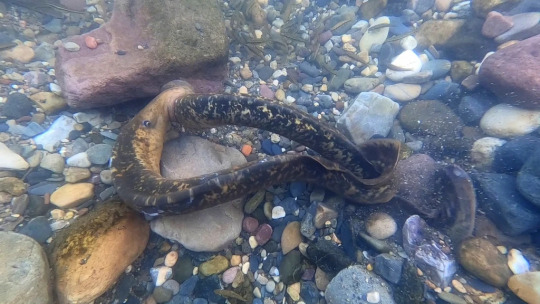
(Image: two lampreys mating. they are coiled onto each other with one using its mouth to suction onto the midsection of the other. They are on a rocky stream bed. End ID)
Lampreys are used in science for several purposes. They are often used as a model organism when attempting to understand the biology of early vertebrates and extinct agnathans. They are also studied quite a bit for their nervous systems. Lamprey brains are very simple and likely represent very early stages of brain development in vertebrates. In addition, they are useful for studies of the transmission of electrical impulses between nerve cells due to their axons (the part of a nerve cell that conducts electricity away from the main body and to other nerve cells), which are large enough for microinjectors to inject test substances into them. Lampreys are capable of fully recovering from having their spinal cords severed, something that is of great interest to surgeons and neurologists. Lampreys have been used as a food source in many cultures around the world. Some species have toxic mucus and blood, requiring them to be cleaned before eating. Historically lampreys have been kept in captivity for use in food as well as other purposes. There are records of people being executed or tortured by being thrown into a pit of carnivorous lampreys. In the wld, carnivorous lampreys generally don't attack humans unless they are starving. In addition, there is a record of one Roman statesman named Lucius Licinius Crassus being scolded for being more upset over the death of his pet lamprey than over the deaths of any of his wives. Unfortunately, the thing a lot of people know lampreys for today is the sea lamprey (Petromyzon marinus) being an invasive species in the great lakes of North America. They have no natural predators in the lakes and feed on a lot of ecologically and commercially important species. Due to their lack of predators, multiple methods are used to try to reduce their numbers and keep them from harming the ecosystem. These include using barriers to keep the adults from migrating upstream to breed, release of targeted poisons called lampricides, and releasing sterilized males into the lakes to mate with the females.

(Image: two sea lampreys suctioned onto a fish. The fish is green and covered with black dots. The two lampreys are suctioned next to each other on the top of the fish's head. Their bodies are dangling off of the fish in different directions. End ID)
#wet beast wednesday#lamprey#sea lamprey#agnatha#agnathan#jawless fish#fish#fishblr#marine biology#freshwater biology#ecology#zoology#animal facts#informative#image described
79 notes
·
View notes
Text
Hi!! Sorry for not posting for a while, I just finished school on the 7th and was hanging out with friends/family.
Jellyfish are pretty cool.
1) they aren’t fish, they’re cnidarians (nai·deh·ree·uhnz).
2) they can live literally ANYWHERE. There’s saltwater, freshwater, and brackish sea jellies.
3) can reproduce both sexually AND asexually.
4) are actually alive
5) turtles eat plastic bags thinking it’s a jellyfish, so please don’t litter !!!!
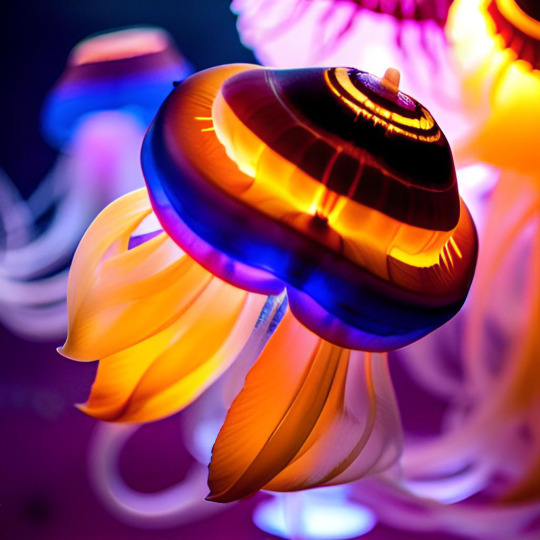
#biology#marine animals#marine biology#science#sea life#sealife#jellyfish#sea animals#underwater#fish#cnidarians#anenome#turtle#sea turtle#sea jellies#seajellies#sea#water#rivers#freshwater#fresh water#brackish#environment#earth
302 notes
·
View notes
Text




earth fact time. devil's hole pupfish are the rarest fish on earth. they are also the most inbred fish on earth! they live in ONE place, a hole in the ground called devils hole in nevada. and the thing is they can only survive in that hole, which is 93Fº. literally no other fish can survive in those conditions.
because of their tiny environmental niche, they're critically endangered, so there's a program working to breed them. but the thing is that these guys evolved SO WELL that the conditions they live in have to be exactly like devils hole, or else they straight-up just die, so scientists have needed to replicate the devils hole environment for them to survive.
last year science hippies counted 263 fish, which is a 19-year high!
npr | national park foundation | national wildlife federation | phys.org
photos from usfws national digital library, taken by olin feuerbacher
#aquatic#earthposting#facts!#marine biology#biology#marine life#freshwater fish#marine animals#zoology#fishblr#fish#marine ecology#ichthyology#devils hole pupfish#earth fact no. 15
156 notes
·
View notes
Text

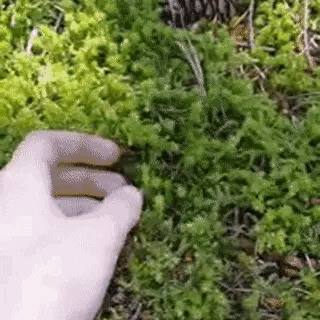
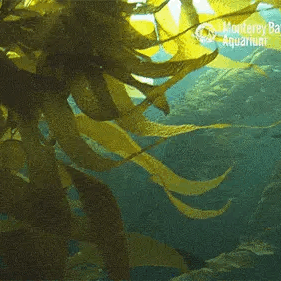
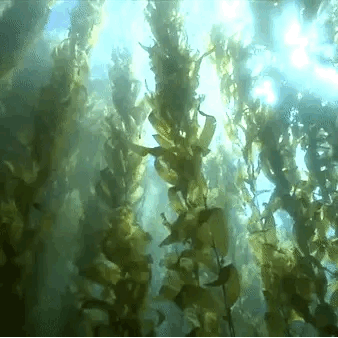

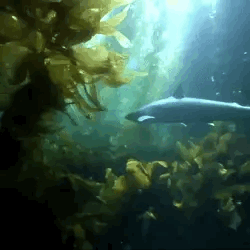
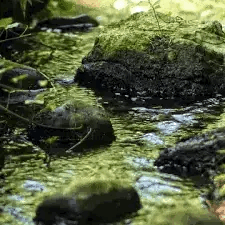
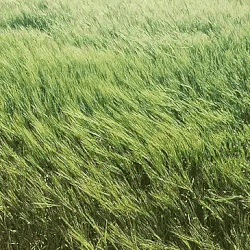
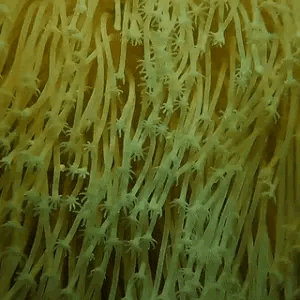

🍀🌿🌱 Some plants (☆ω☆)
x x x | x x x | x x x | x
#plant#aquatic#green#moss#seaweed#aquatic plant#nature#water#stim#stimmy#stimboard#mine#marine#freshwater#fish
490 notes
·
View notes
Text
arapaima gigas
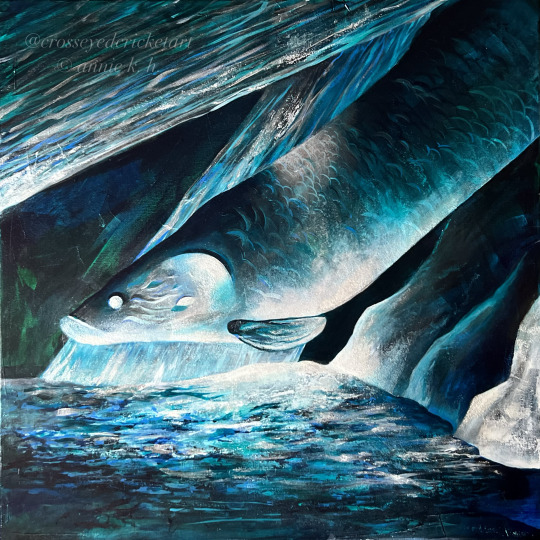
arapaima, river giant.
2023 / 24” x 24” / acrylic and glitter on canvas
arapaimas are some of the largest freshwater fish in the world. this is based off a photo I took in the Tennessee aquarium. this is a painting in inverse, meaning the white is shadow and the dark areas are light.
And with some horrible procreate skills, here’s what it “should look like” with the shadows being dark and the highlights being light:

i did my best don’t bully me I’m bad at digital editing
#art#painting#fish#fishblr#freshwater fish#Arapaima gigas#Arapaima#Freshwater#freshwater ecology#Fishes#fish art#aquatic life#Animals#marine animals#marine art#🖤 art tag
53 notes
·
View notes
Text
Daily fish fact #458
Hoodwinker sunfish!
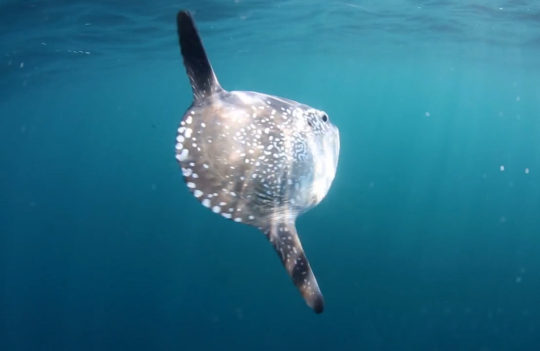
This species was only found very recently, as it was mistaken for other ocean sunfishes! Its scientific name, Mola tecta, references that, as "tecta" comes from the Latin word "tectus" which means hidden or disguised. However, it is distinguishable from other species as it is slimmer and lacks a lot of the "lumpiness" some of the other species have.
#mwahaha! another ocean sunfish fact! i am unstoppable!#fish#fishfact#fish facts#fishblr#marine biology#marine life#marine animals#sea creatures#sea animals#sea life#biology#zoology#hoodwinker sunfish#sunfish#mola tecta#oh and by ocean sunfish i literally mean sunfish that is found in the ocean! “ocean sunfish” of course means the mola mola#i wanted to distinguish between freshwater and saltwater sunfish because theyre completely different but i now see how that tag could be-#read wrong whoops
367 notes
·
View notes
Text


Left: New England Nudibranchs
Right: Pacific Coast Nudibranchs
MS, R. Tucker A., and The New Illustrated Naturalist. 1954. ‘American Seashells’. 1st ed. Princeton, New Jersey: D. Van Nostrand Company, Inc.
#nudibranch#snailblr#fishblr#scientific illustration#sea creatures#biology#natural history#freshwater#deep sea#seashells#mental heath support#next tattoo#mental wellbeing#mental health#marine biology#marine life#marine biodiversity#evolutionarybiology#sea snail#endangered species#sea slug#wildlife#malacology#signal boost#biologyblr#isopods#paleoblr#entomology#marine biology shitpost#scienceblr
566 notes
·
View notes